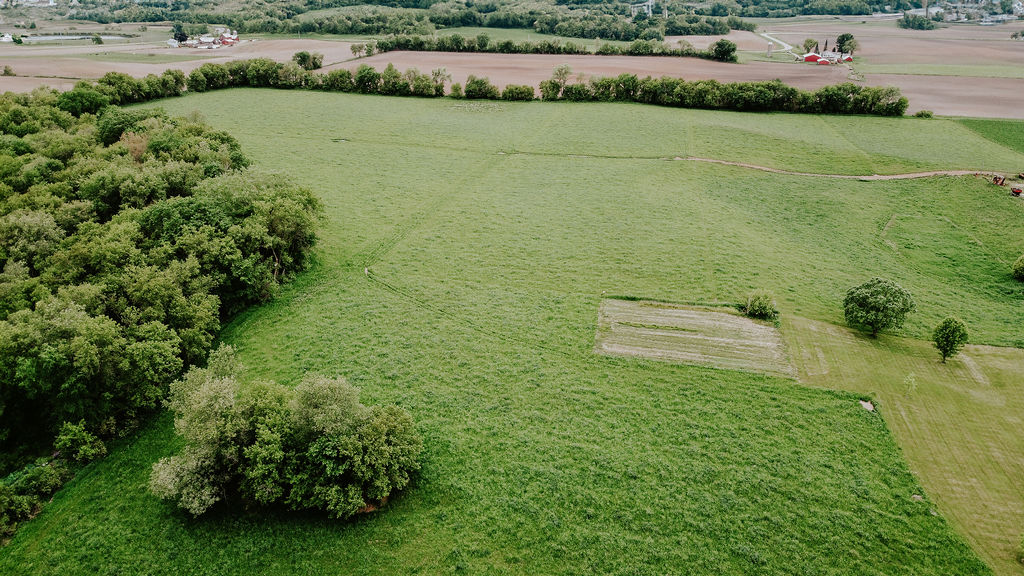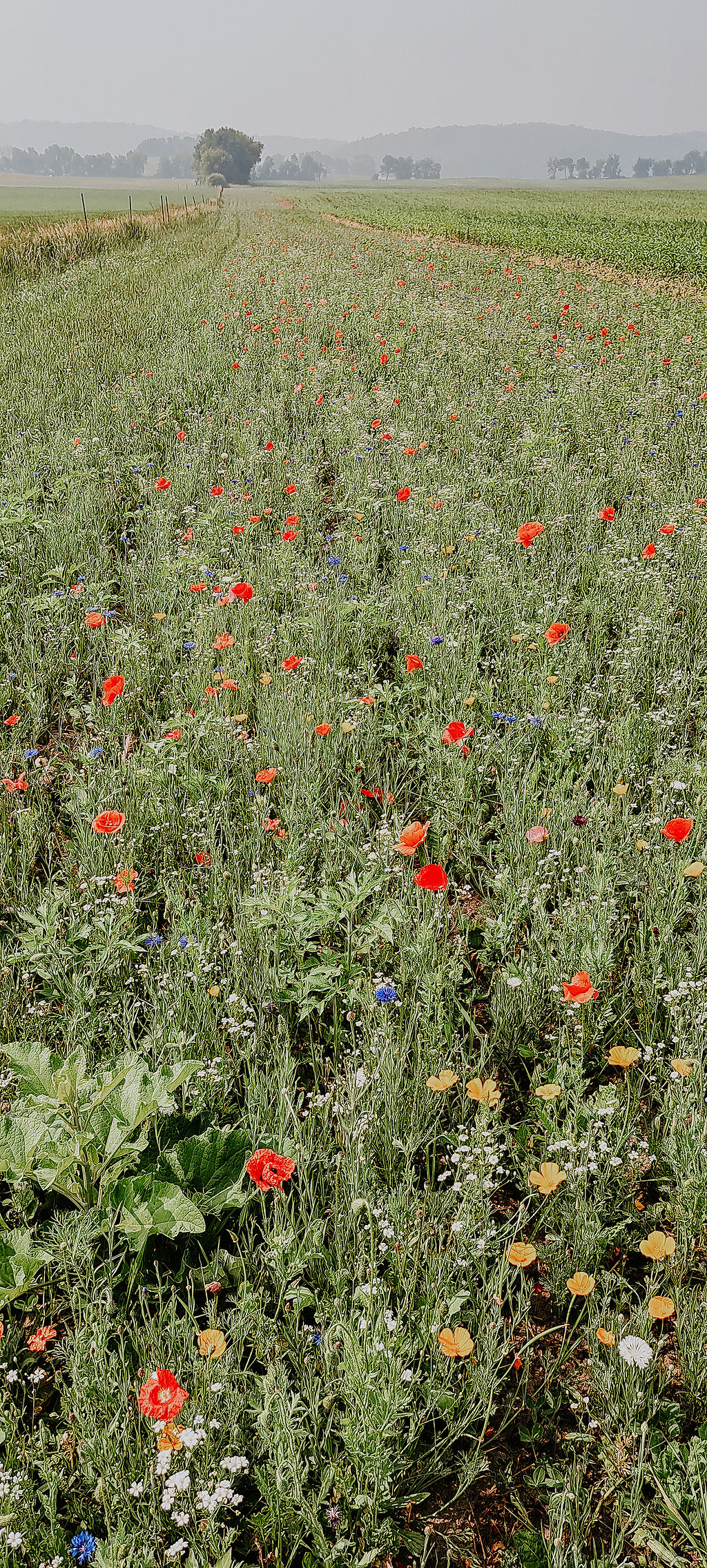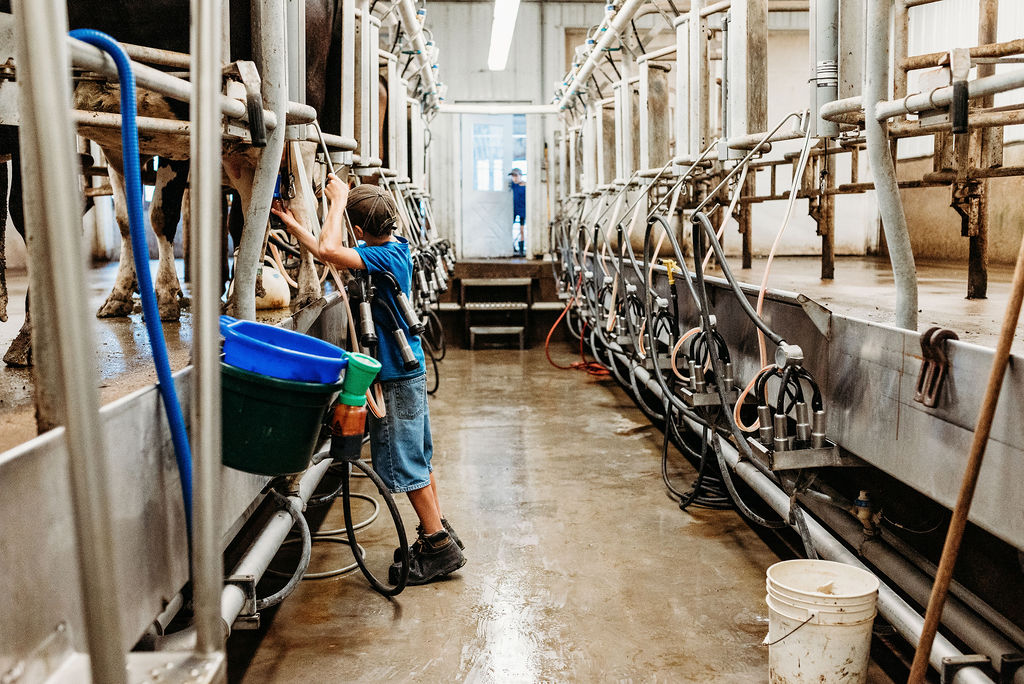Fertile Ground
Located in the Baraboo Hills region of WI near the Wisconsin River, this farm is truly a family enterprise. The family used to farm near Madison, WI and moved to the current site when Madison’s rapidly growing population started encroaching on the farm. Initially the Dad farmed with his sons, but as they got older and it got harder for a small farm to support multiple families, it gradually came down to just one son operating the dairy farm. Now his Dad still helps him with everyday milking, and two of his own sons are starting to help, making this farm a three-generation enterprise and a place that his wife calls their, “Little piece of heaven”.

This farm is a great example of what happens when a farmer uses a biological farming approach to manage the farm. Biological farming is a holistic approach to farm management that treats a dairy farm as an integrated biological system with soil at its core. This farmer uses a wide range of management tools that are designed to enhance the structure and fertility of the soil, ranging from intensive rotational grazing of cows on pastures, using cover crops and grains in crop rotations, and planting native plants in buffer strips to protect the farm from chemical drift while also attracting pollinators.

Biological farming differs from other organic and regenerative farming approaches because in addition to these regenerative practices, it recognizes that the chemical-based approach we’ve used to farm for the past fifty years has left our soil with deficits that simply changing farming practices can’t address. Biological farming uses extensive soil testing and the application of depleted trace minerals and targeted fertility enhancements to address soil deficits.

Restoring our soils doesn’t happen overnight, but farms like this one that follow the practices over multiple years often see gradual improvements in the productivity of their pastures, higher crop yields, better water retention, and lower feed costs per hundred-weight of milk produced. In a wet year like 2024, this farm produced as much hay in its first cutting as it used to produce over the entire season. When neighboring fields were covered in standing water, this farm had only small pockets of standing water that were absorbed faster and never ran off onto the road or neighboring fields.

Farming this way is an investment for the future that farm families like this one make for themselves, as well as the community. We all benefit from their commitment to biological farming practices as they rebuild a resilient farm for the future.
For more information on Biological Farming, see Gary Zimmer, the father of Biological Farming, speak at the 2024 Acres Conference:
The Biological Farmer, by Gary Zimmer and Leilani Zimmer-Durand, 2016
A note about our photos: We are excited to use photos to connect you to the farms that supply milk for your Organic Squeaks so you can learn about the wide range of eco-active practices they use. Unless noted otherwise, these photos were taken on this farm by a photographer who is also one of our farmers. We respect the culture and privacy preferences of our farm partners, which is why you won’t always see people in our photos.

